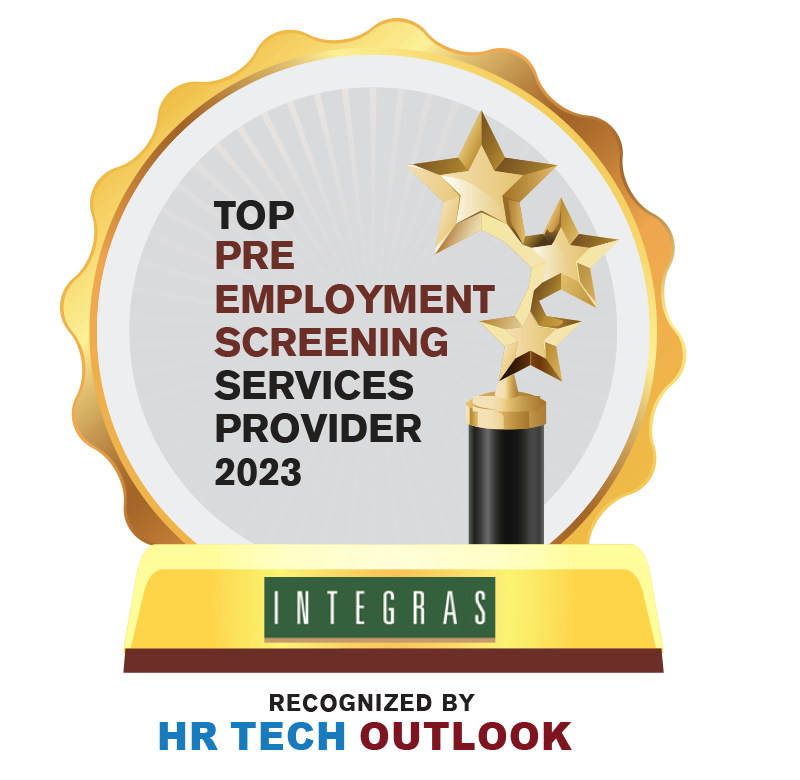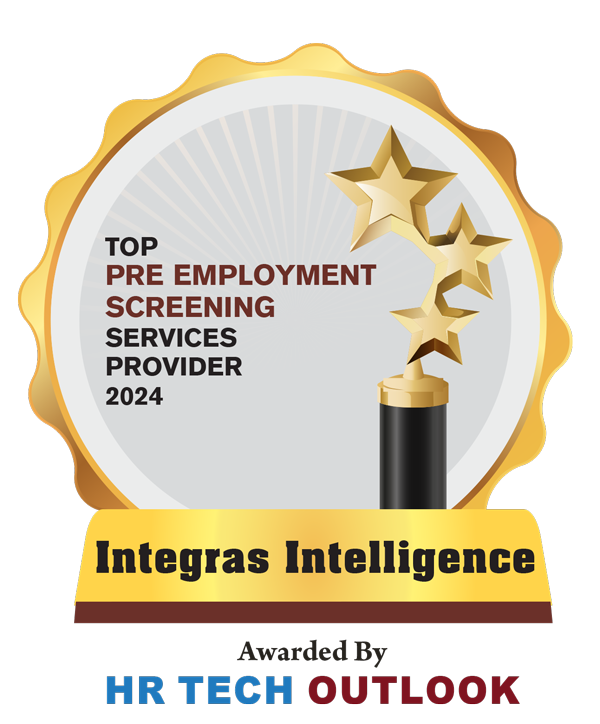
A 2023 Deloitte Insights study on corporate travel highlighted traveler safety and willingness to board a flight as two of the factors influencing a new calculus for organizations on whether to travel. As business travel returns, so do the associated challenges. Traveler attitudes and expectations are changing, as well as a broader appreciation of the spectrum of travel risk. While large organizations frequently have robust security departments and developed travel risk management programs, small to mid-size companies face many of the same risks with fewer resources and internal expertise.
Leaders at small and mid-size organizations can begin to address the subject of travel risk management by asking themselves three questions:
- Do I know where my travelers are going? This question is twofold. Literally, do you know their destinations and have awareness and accountability of their location? Less obviously, do you know the risks and threat landscape at those locations and how it may affect your travelers?
- Have I taken measures to reduce risk to my travelers? Have you done due diligence on their mode of travel, accommodation, ground transportation at the location, etc.? Do you have resources available to assist them? Have I prepared the traveler in advance? This can include training, pre-travel briefings, providing emergency contact information, etc.
- Can I respond to an emergency involving my traveler? If your traveler has a medical emergency, gets in a vehicle accident, or faces some other crisis, how prepared are you to assist and support them?
If you can’t confidently answer “yes” to these questions, don’t despair. You can take steps today that start to address these areas, even if you have limited resources and time. Even incremental improvements made over time can significantly reduce your travelers’ risk.
For example, to address Question 1, consider putting procedures in place for business travel to go through an approval process. This will make you more aware of where your staff is going and help you identify travel to higher-risk locations. How do you determine higher-risk places? A variety of government and free private sector resources can assist with this endeavor. In addition, always keep the individual traveler’s risk profile and the context of the trip in mind.
To reduce risk to travelers (Question 2), consider providing some level of training/education and pre-travel briefings to prepare travelers to take ownership and avoid risk. Look at methods of traveler transportation at the destination, and make appropriate choices given the local environment. Consider accommodation choices with safety, security, and the local threat environment in mind.
Regarding Question 3, consider how your organization would respond to a traveler encountering a variety of different emergencies. What things do you have in place now, such as business travel insurance, that can be used? What resources might you want to add? Think about doing some simple tabletop exercises to talk through response options for different scenarios.
While travel risk management is a deep subject where specialized knowledge is important, there are many things that small and mid-size organizations can do today to enhance traveler safety and security. HR professionals, travel managers and others can collaborate to implement basic measures at your organization. The new ISO 31030 standard for organizations on travel risk management provides a great framework and is available at a very low cost. The U.S. State Department’s Overseas Security Advisory Council (OSAC) is a fantastic free resource for U.S. organizations that provides multiple levels of support for managing travel risk.
Small and mid-size organizations can take immediate proactive measures to improve traveler safety and gradually enhance them over time.
—————————————————————————————————————
Patrick Kane is Senior Director of Security for a major international logistics provider conducting operations worldwide. Before entering the private sector, Patrick served as an infantry officer in the US Marine Corps. He welcomes questions, comments, and suggestions and can be reached at patrick.kane.cpp@gmail.com.














One Response
Fully agreed Patrick, simple and straightforward, no need to complicate life, the easier the better, information and advise shall be requested on local situations, opinion and geopolitical influences that might create slowly a devising gap that can be fatal for a traveler arriving unprepared.